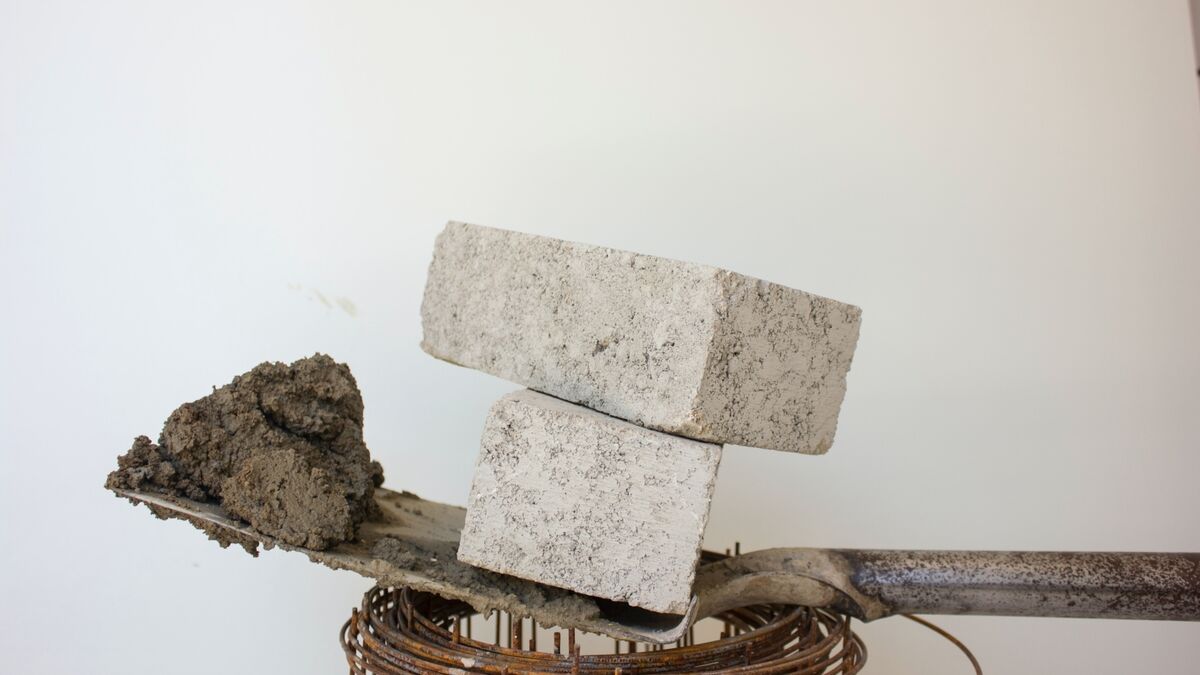Novel cement uses discarded clay to cut carbon footprint by two thirds

An international team of scientists has come up with a new recipe for low-carbon cement that makes use of unwanted clay from mining operations
As a widely used material across the globe, cement has a massive environmental footprint and accounts for around eight percent of our CO2 emissions, but scientists hope to eat into this problem by making tweaks to the recipe. A research team has now come up with an alternative that makes use of mining waste to cut its carbon emissions during production by up to two thirds, while meeting the performance requirements of traditional Portland cement.
The new low-carbon cement was developed by researchers at Germany's Martin Luther University Halle-Wittenberg (MLU) and Brazil's University of Pará, who have taken aim at limestone, a key ingredient in the production of traditional Portland cement. This material first needs to be extracted from the Earth, crushed and baked at high temperatures, which is itself an energy intensive process.
The team's new recipe doesn't do away with limestone entirely, but replaces 50 to 60 percent of it with Belterra clay. But this has an added benefit, not only does it leave stores of carbon locked away in the ground, it requires far lower temperatures to treat, needing to be baked at 1,250°C (2,282°F), which is around 200°C (392°F) lower than traditional Portland cement.
JOIN OUR MAILING LIST
Be the first to hear about exhibitors, speakers and what's on at our upcoming events.